
Things like blood pressure, cholesterol level, obesity and smoking can increase the risk of heart disease, but family history is a big factor too. Dr. Stephen Broughton, Interventional Cardiologist, explains how he approaches treatment for these patients.
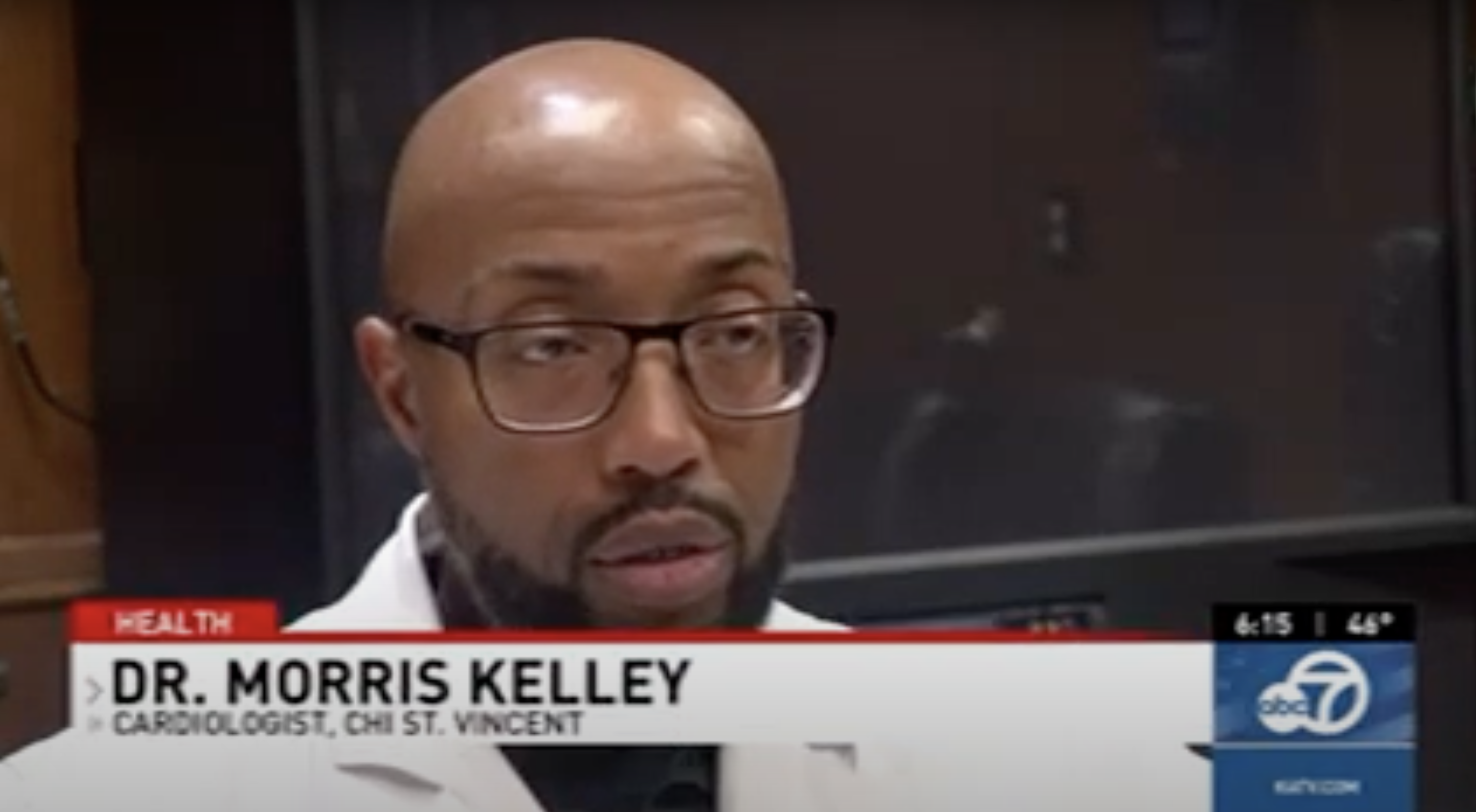
Dr. Morris Kelley, CHI St. Vincent Heart Institute cardiologist, discusses how overindulging in holiday festivities and the pressures of the season can increase the stress on your heart.
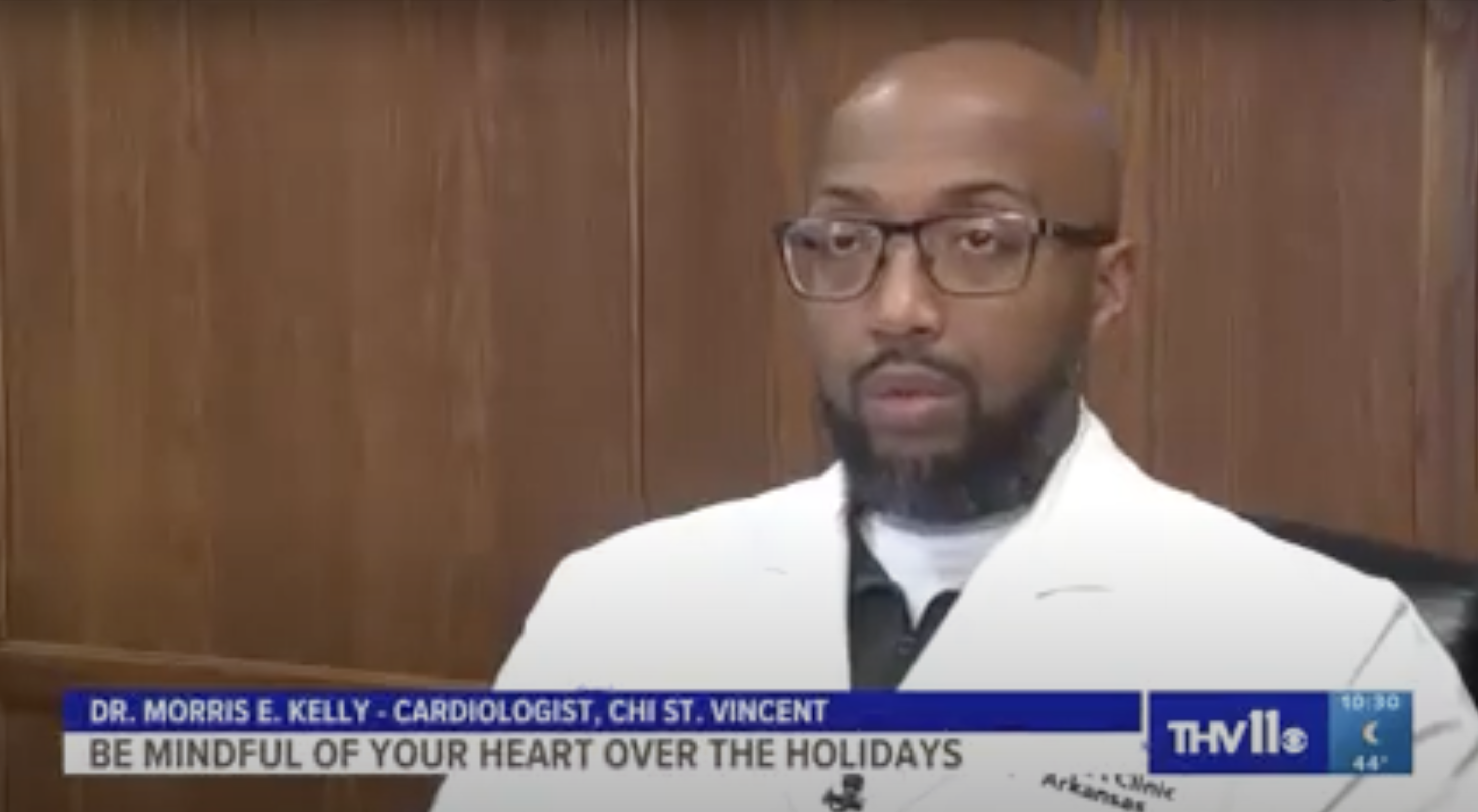
Dr. Morris Kelley, CHI St Vincent Heart Institute cardiologist, discusses how the stress of the holidays can lead to potential heart attacks.
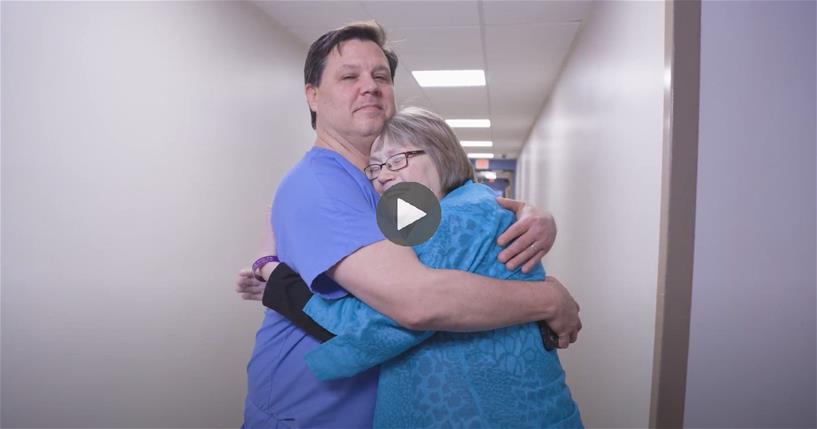
A CHI St. Vincent shares her heart health testimony including how she almost put her life in danger by pushing aside her symptoms.
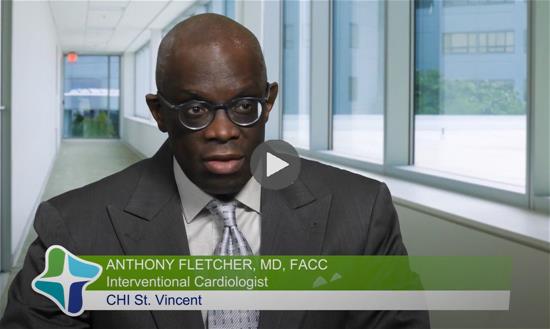
If you've been diagnosed with high blood pressure and you can't lower it enough with lifestyle changes, medication is the next option. Dr. Anthony Fletcher, Interventional Cardiology, explains different options.

When you've been diagnosed with hypertension, there are many simple lifestyle changes that can help lower your blood pressure including watching your sodium intake, maintaining a healthy weight and exercising.
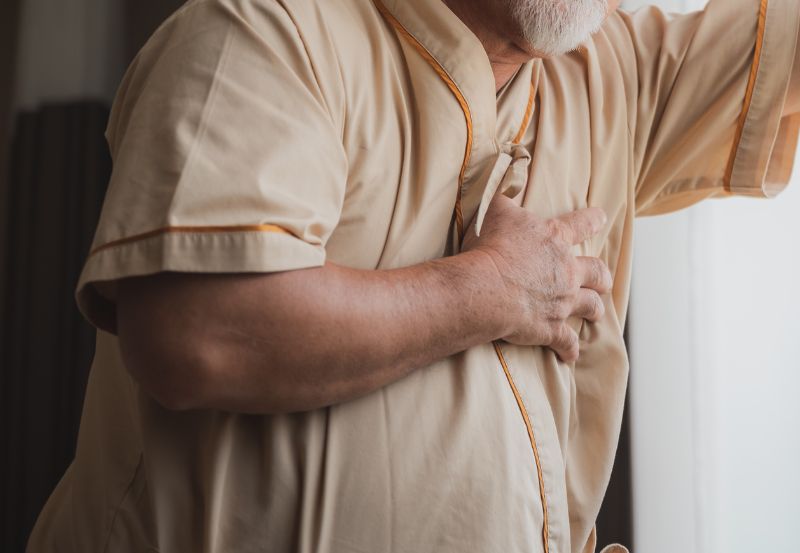
Aortic valve stenosis is one of the most common and serious heart problems, but many patients like John Dinofrio don’t recognize symptoms until their blood flow becomes greatly restricted.
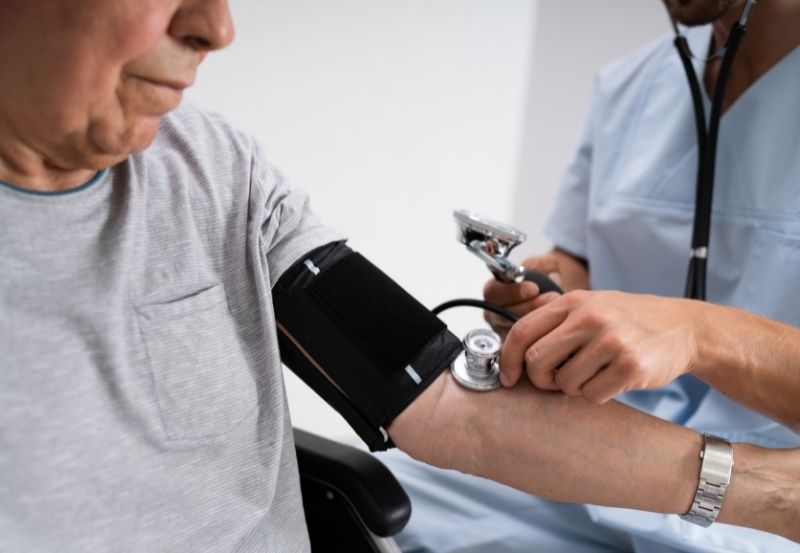
The CHI St. Vincent Heart Institute developed the new HeartSmart Screening Program to help patients identify, manage and treat early signs of heart disease.

Heart surgery is one of the most common medical procedures performed each year, but the experience is new to each patient. Two CHI St. Vincent heart surgeons answers some common questions about when heart disease requires surgery and what recovery looks like.
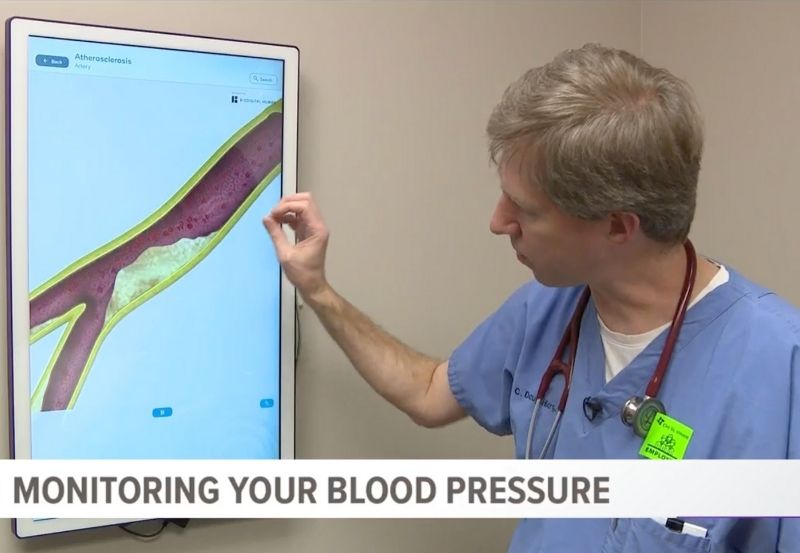
High blood pressure and heart disease can be a silent killer, but you can fight back by learning how to know your numbers.

A fun way to improve your heart health is dance. Dancing works your heart and lungs, which can improve your cardiovascular health. As you dance, your heart rate increases to pump more oxygenated blood to the muscles you are using.
